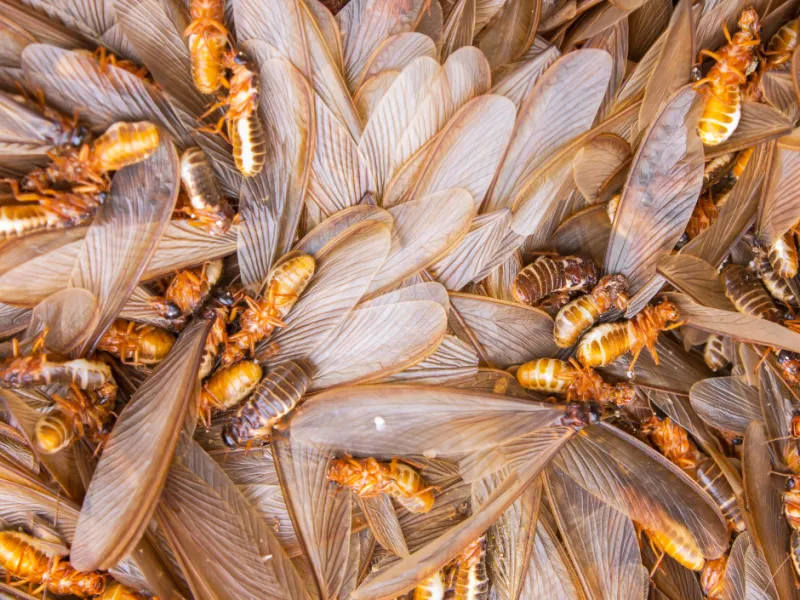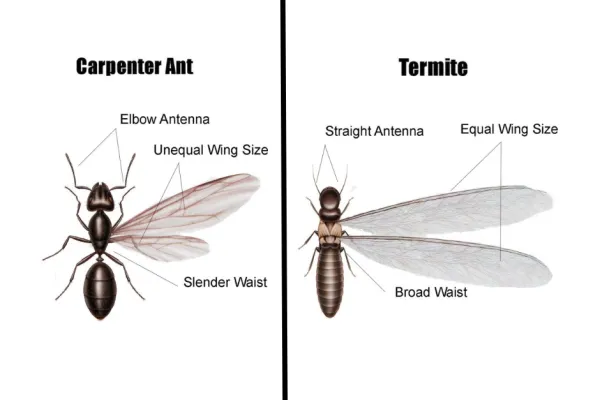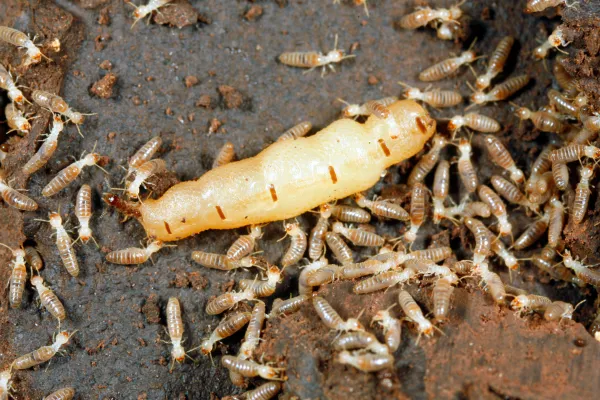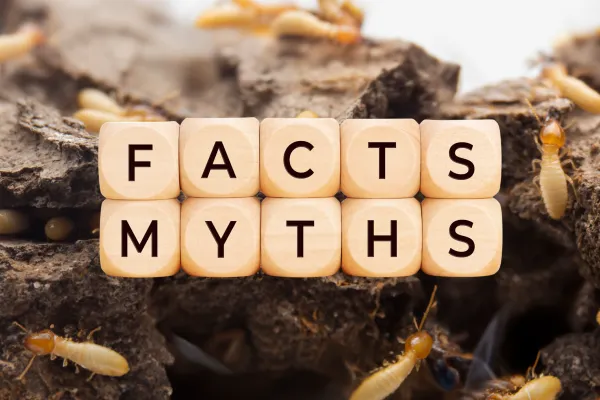Termite Swarming in Virginia

Termite Swarming in Virginia: What Homeowners Need to Know
Understanding Termite Swarming
Have you ever seen small, winged insects suddenly appear around your home in the spring? If so, you may have just witnessed a termite swarm. And while it might seem like just another seasonal insect event, it's a big red flag.
Termite swarming is a natural but concerning part of a termite colony's life cycle. When a colony matures, it produces reproductive termites—"alates" or "swarmers"—that leave their nest searching for new locations to start fresh colonies.
For homeowners and business owners in Virginia, a swarm is not just an unusual sight—it's a warning sign that termites may already be active nearby. And where there's activity, there's a risk of costly damage.
When Do Termites Swarm in Virginia?
The most common termite species in Virginia is the Eastern subterranean termite (Reticulitermes flavipes). These termites typically swarm in the spring, from March through May. Swarming occurs after warm days when temperatures climb above 60°F and following rainfall or periods of high humidity.
Why Do Termites Swarm?
Simply put, swarming is how termites reproduce and expand their colonies. Swarming is a crucial part of a termite colony's life cycle, allowing it to reproduce and establish new colonies. However, this process doesn't happen overnight. It typically takes 3 to 5 years for a colony to mature before it begins producing winged reproductive termites, known as swarmers or alates.
As the colony grows, worker termites build extensive tunnels underground or within wooden structures on your property. Once the population reaches a critical threshold—ranging from 50,000 to over a million termites—the termite colony produces swarmers to seek out new nesting sites.
When conditions are right, these swarmers take flight, shedding their wings after landing and pairing up to establish a new colony in a moist and sheltered environment. Most won't survive due to predators, dehydration, or unsuitable conditions. However, the few that do can quickly develop into thriving colonies, posing a serious threat to homes and buildings.
How to Spot a Termite Swarm
Catching the signs of a termite swarm early can save you from expensive damage. Here's what to look for:
1. Presence of Winged Termites Indoors
Swarmers are often found near windows, doors, or light sources.
They resemble flying ants but can be distinguished by their straight antennae and evenly sized wings.
2. Discarded Wings
After swarming, termites shed their wings, leaving behind small piles near windowsills, doors, in spider webs, or along your foundation.
3. Swarmers Gathering Near Light
Winged termites are naturally drawn to light, so seeing them near lamps, windows, or doorways strongly indicates termite activity nearby.
4. Mud Tubes & Other Signs of an Active Colony
While not directly linked to swarming, mud tubes on walls, foundations, or crawl spaces are signs of an active termite infestation or recent activity.
If you notice any of these signs, don't ignore them—they could mean termites are already causing hidden damage inside your home.
Preventing a Termite Infestation
The best way to protect your home from termites is through proactive termite prevention. Here's what you can do to reduce your risk:
Eliminate Moisture Around Your Home - Termites thrive in damp, moist environments, so fix leaky pipes, ensure proper drainage, and clean gutters.
Avoid Wood-to-Ground Contact - Direct wood-to-soil contact invites termites. Use concrete or metal barriers to keep wood away from the ground.
Store Firewood Away from Your Home - Keep firewood at least 20 feet from your house and elevated off the ground.
Schedule Annual Inspections - A yearly professional inspection can detect early signs of termites before they become a major problem.
Key Takeaways
Termite swarming is a warning sign that colonies are reproducing and looking to expand.
In Virginia, termites swarm in spring (March-May) when temperatures rise above 60°F, especially after rain.
Signs of termite swarming include winged termites indoors, discarded wings, and swarmers near light sources.
If you see swarmers, act fast - A professional inspection can determine if there is an infestation and recommend the best treatment options.
Preventative measures such as moisture control, eliminating wood-to-ground contact, and regular inspections can help protect your home from costly damage.
Protect Your Home with Mares Exterminating
Termites work silently, often causing major structural damage before you realize they're there. Don't wait until it's too late—take action now.
If you suspect termite activity or just want peace of mind, Mares Exterminating is here to help.
Call Mares Exterminating today at 757-485-5005 to schedule your termite inspection or contact us here.



